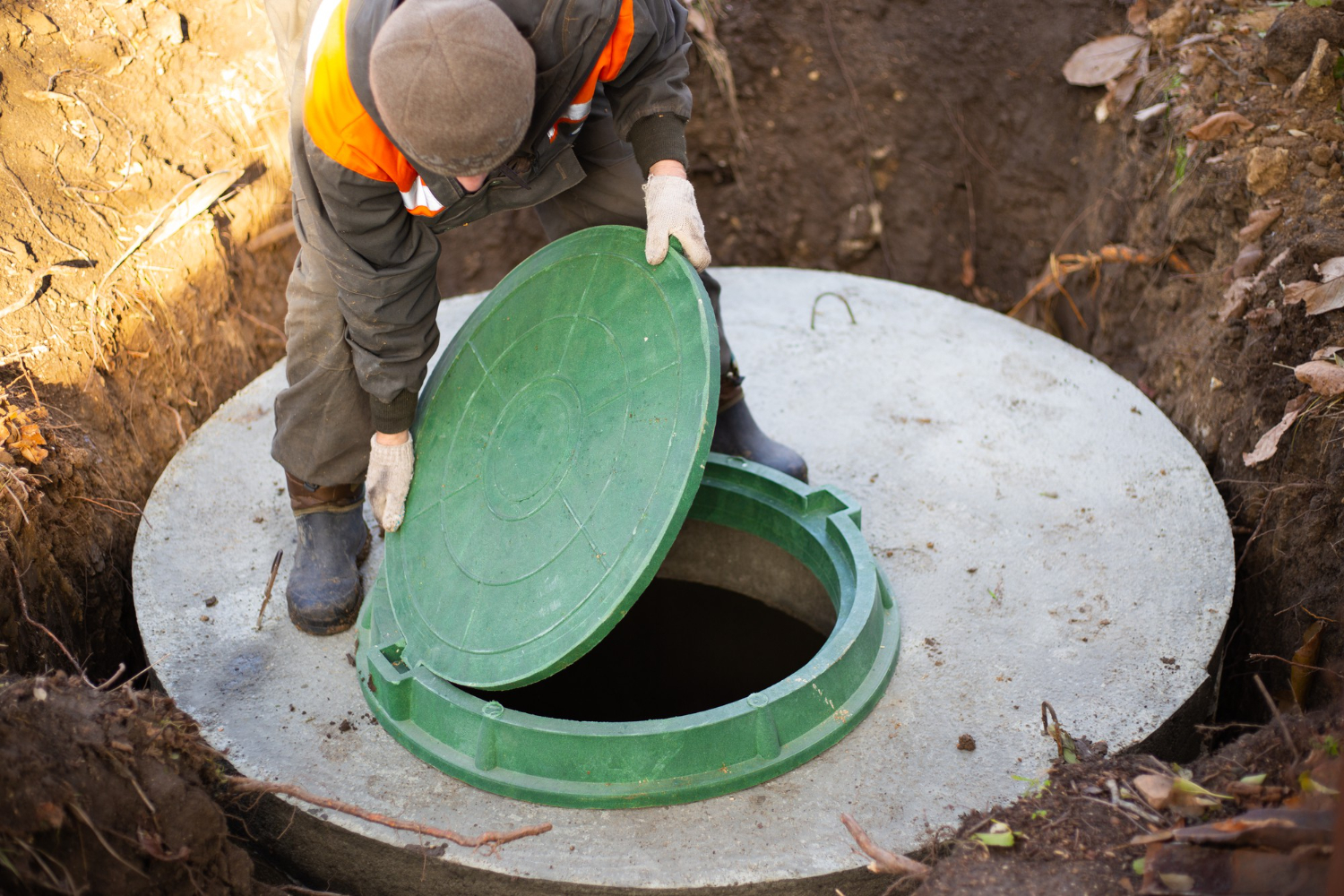Get It Safely Pumped Today
Get It Safely Pumped Today
If you live in a place where the soil doesn’t drain well or the water table is too high, you may have something called a mound septic system. This type of system operates slightly differently from traditional ones. It sits above the ground and helps treat wastewater in areas where conventional systems are ineffective. If you’re ever unsure about your system, a septic company like Septic Pumping of Raleigh can help inspect it and keep things running smoothly.
Not all soil is the same. Some of the ground is too sandy. Other soil types may hold too much water. In areas where the water table is too high or bedrock is close to the surface, a standard septic system may not function safely. That’s where a mound septic system comes in.

The mound system raises the drain field above the ground level. This gives wastewater more room to filter through clean sand before reaching the natural soil. It’s a clever solution for challenging properties that require additional assistance in removing wastewater.
A mound septic system has three main parts:
The system relies on the pump doing its job and the sand staying clean. Regular septic cleaning and inspections are crucial for maintaining the system's proper operation.
The mound itself resembles a long, low hill in your yard. It might be grassy or landscaped to blend in, but underneath, it’s full of sand, pipes, and layers of soil. The pipes are carefully placed to spread the liquid evenly. If too much liquid is introduced too quickly, or if the system isn’t pumped on time, it can overflow or back up.
If your lawn starts smelling bad, has soggy spots, or the grass on the mound is super green (or dying), it might be time for septic tank pumping.
Like any other type of septic system, a mound system requires proper maintenance. Here are some easy tips to help you avoid expensive repairs:
A reliable septic service provider can help you determine the optimal maintenance schedule based on the number of people living in your home.
It’s essential to identify and address small issues before they escalate into larger problems. Call a septic company like Septic Pumping of Raleigh if you notice:
These signs typically indicate that your system requires septic cleaning or possibly even repairs. Ignoring them can lead to serious health risks and expensive damage.
Most experts recommend septic tank pumping every 3 to 5 years, although this interval may vary depending on the number of people living in your home and the amount of water used. Some households may need septic pumping in Raleigh, NC more often. If you’re unsure when your last septic tank cleaning was, it's a good idea to schedule one.
Septic Pumping of Raleigh can help you establish a regular schedule and keep your septic system working properly.
Let’s take a quick look at the good and not-so-good parts of having a mound septic system.
Pros:
Still, for many homes, it remains the best option for safely handling wastewater.
If you have a mound septic system, don’t wait until something goes wrong. Regular care makes a significant difference in the lifespan and performance of your system. Be sure to schedule septic cleaning and septic tank pumping on time, and watch for early signs of trouble.
Need help with your system? Reach out to a trusted septic company, such as Septic Pumping of Raleigh. They’ve helped many families keep their systems running smoothly, and they can do the same for you. Get peace of mind knowing your system is in expert hands.
Most homeowners don’t think much about their septic system until something smells wrong or stops working altogether. When wastewater isn’t draining…
Nobody likes to think about what’s happening beneath their yard, but your septic system never stops working. Every flush, every shower,…
When heavy rain moves through, the first thing most people notice is the standing water in the yard. What’s less obvious…
A lot of homeowners in Raleigh have seen the bottles at the hardware store that promise to “boost” your septic system.…